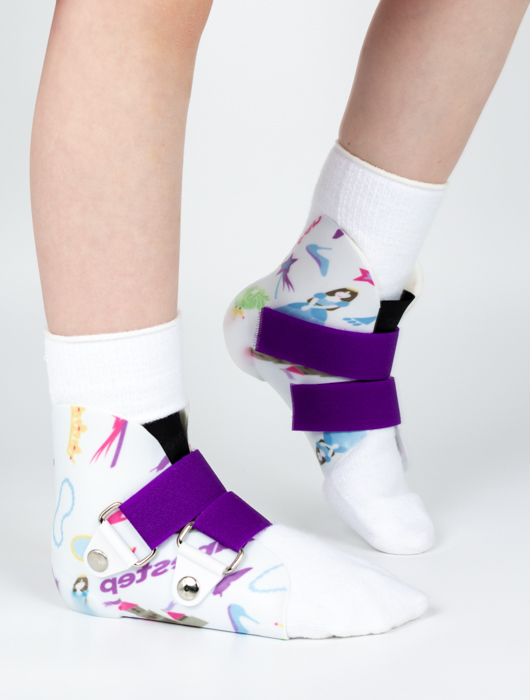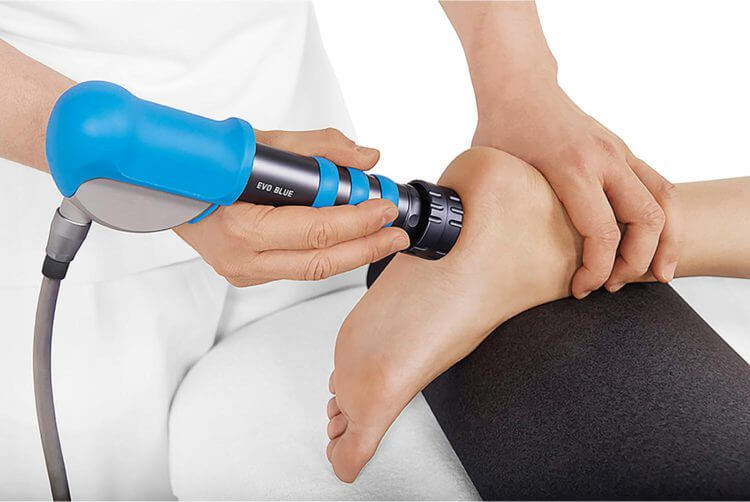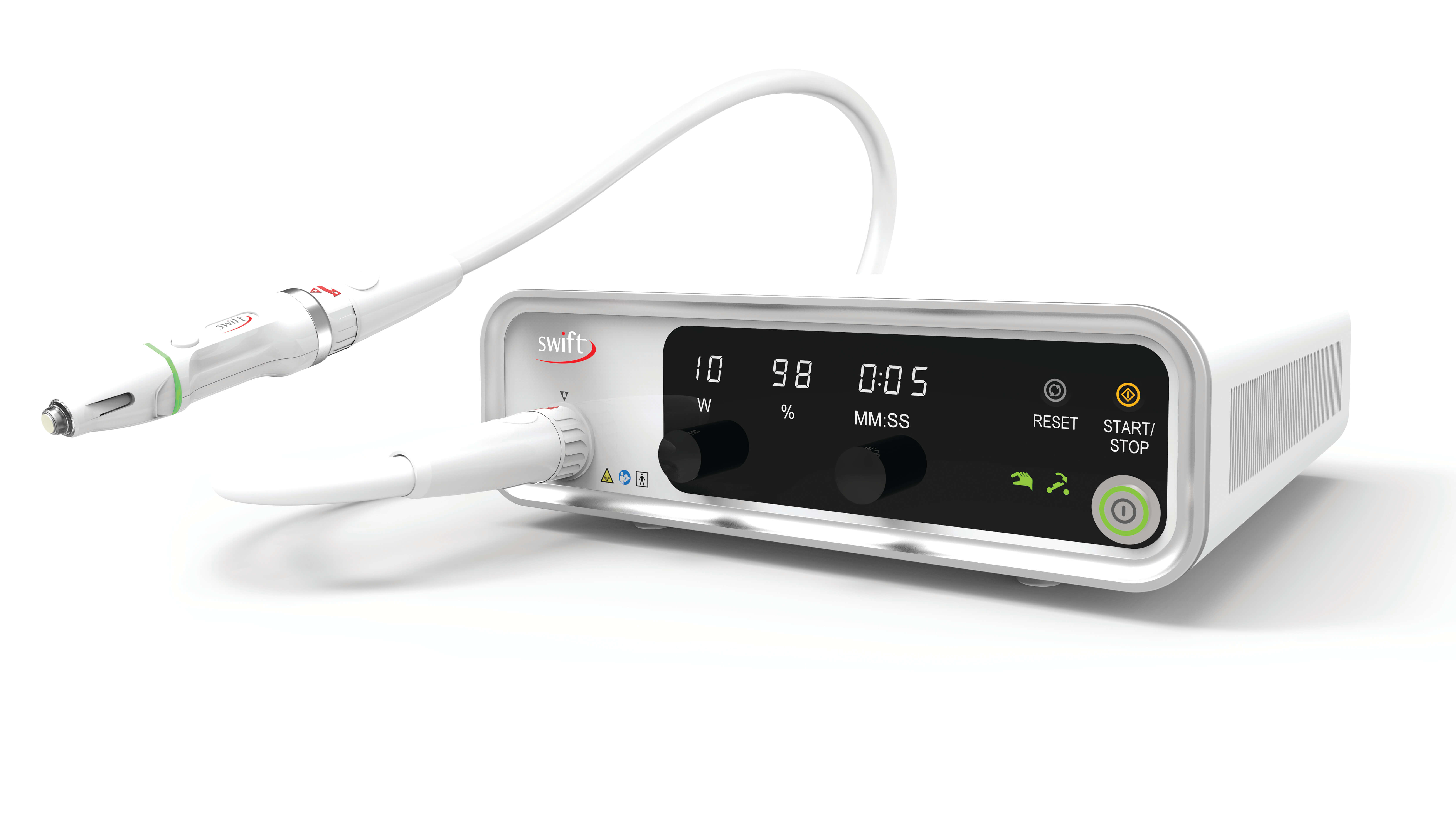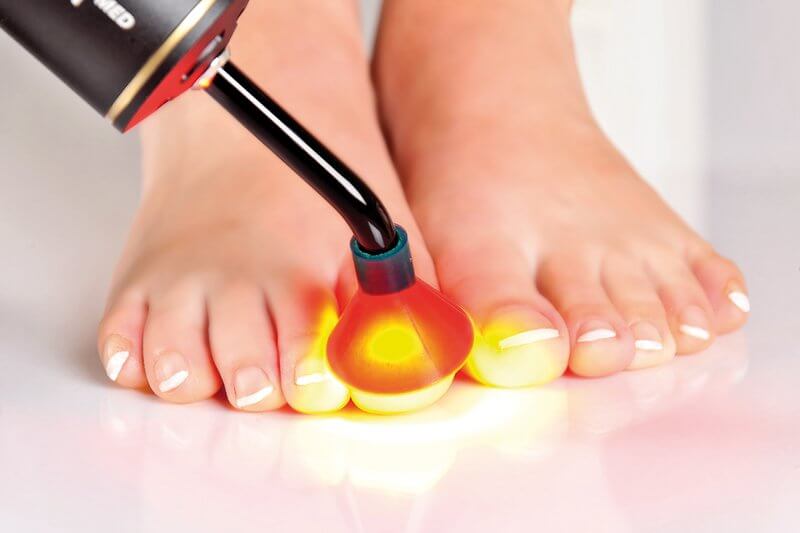
Ankle foot orthotics (AFOs) are customised, carefully prescribed braces that are applied to the foot, ankle and lower leg to best help
support a person during their care for a range of conditions and injuries. By carefully cradling the foot and ankle and keeping it a fixed
position, AFO’s can help the lower leg overcome weakness and instability, while controlling movement to help reduce pain, improve
comfort, and support recovery from injury.
Our AFOs are highly popular in our patients with neurological conditions, including Charcot Marie Tooth Disease, Cerebral Palsy, those recovering from a stroke, and more. They are used extensively in both adults and children, and are custom-made, meaning that they are prescribed and designed uniquely for your feet using a 3D scan. This means you get a well-fitted and functional device with the right specifications for your unique circumstances.
When certain criteria are met, we use AFOs in the management of conditions affecting both children and adults, including:
AFOs have a very significant effect on the foot and ankle, with the potential to greatly influence (and optimise) movement. For some people, they will be a first-line treatment to support their gait, independence and quality of life. For others, they may try other treatments first and then move to an AFO if the nature of their condition means that progress has not been made as expected.
 As
your AFO with us is custom-made, it works in the specific ways we prescribe it to, based on the problem you are facing and the unique
characteristics of your feet, ankles and legs. This varies for each person, but generally all AFOs will function to control and support
movement and stabilise the foot and ankle, alongside in-built features that can offload certain areas when standing on the device. The
ultimate goal of wearing an AFO is to support stable, steady and fluid movement, so you can keep doing the things you love and maintain as
much independence as possible.
As
your AFO with us is custom-made, it works in the specific ways we prescribe it to, based on the problem you are facing and the unique
characteristics of your feet, ankles and legs. This varies for each person, but generally all AFOs will function to control and support
movement and stabilise the foot and ankle, alongside in-built features that can offload certain areas when standing on the device. The
ultimate goal of wearing an AFO is to support stable, steady and fluid movement, so you can keep doing the things you love and maintain as
much independence as possible.
For those with foot drop or muscle weakness, the AFO brace will keep the foot in a neutral position where the foot doesn’t drop, so the patient can keep walking comfortably without hitting their toes on the ground and risking a trip - or without having to hitch their hip up to clear the ground which can lead to other pains and problems. For others, keeping painful joints or tendons stable can assist the healing and repair process, preventing further damage. Other conditions like PTTD can benefit from AFO’s by helping prevent the condition from progressing.
In our experience, our patients that have opted for AFOs due to the nature of their condition have yielded great benefits, including that
they:
 We
offer several types of ankle foot orthotics across our Brisbane and Newmarket clinics, and can work with you to help you get the best
device for your foot condition or ailment. Some of our range include:
We
offer several types of ankle foot orthotics across our Brisbane and Newmarket clinics, and can work with you to help you get the best
device for your foot condition or ailment. Some of our range include:
The ‘UCBL’ is a firm orthotic device that is designed to provide maximum support and control for individuals with significant foot and ankle instability, or other deformities. It features a deep heel cup, a flange on both sides of the device, and a full-length footplate that extends to just before the ball of the foot. The UCBL effectively restricts excessive pronation (rolling in) and supination (rolling out) of the feet and ankles while maintaining better alignment and stability. It is commonly prescribed for conditions such as severe flatfoot, cerebral palsy, significant ankle instability, or other neurological disorders that require substantial control and correction.
The SMO is a lightweight and flexible AFO that offers support and stability around the ankle joint. It typically covers the ankle and extends just above it. In our clinics, we use the Surestep SMO, which is designed to provide stability to both sides of the foot and ankle through compression, while allowing normal foot and ankle development in growing children. It is commonly used for children with conditions like flexible flatfoot, low muscle tone, mild to moderate ankle instability, and other balance issues. The SMO allows for some range of motion while providing support and alignment.
The Posterior Leaf Spring AFO is a dynamic AFO that consists of a thin, flexible leaf spring that runs along the posterior aspect of the lower leg. It is primarily used for individuals with weak or paralyzed dorsiflexor muscles (muscles responsible for lifting the foot). The leaf spring assists in ankle dorsiflexion during the swing phase of gait, helping individuals clear the foot while walking and preventing foot drop. This type of AFO is lightweight, promotes a more natural gait pattern, and allows for some ankle plantarflexion (allowing the foot to point downwards somewhat).
The Solid AFO is a rigid orthotic device that provides maximal control and immobilisation of the foot and ankle. It is typically made from a solid thermoplastic or composite material that encloses the foot and extends along the calf. The Solid AFO is prescribed for conditions that require extensive support, such as severe ankle instability, spasticity, ligament injuries, valgus/varus deformities - and even when other foot problems are accompanied by mild knee instability. It greatly restricts ankle and subtalar joint (where the ankle meets the heel bone) motion, providing stability and preventing unwanted movements.
The Articulated AFO, also known as the Free Ankle AFO, combines the stability of a solid AFO with the added advantage of ankle joint mobility. It consists of two separate components: a rigid section that supports the calf and a hinged ankle joint that allows controlled ankle motion. The Articulated AFO is often prescribed for individuals who require both stability and limited ankle range of motion, such as those with mild posterior tibial tendon dysfunction, mild degenerative arthritis, subtalar joint instability, foot drop, severe flat foot, or those that have suffered trauma-related injuries.
The plantarflexion (PF) stop or dorsiflexion (DF) assist AFOs are specialised devices designed to address specific gait abnormalities or muscle imbalances.
The Floor Reaction AFO utilises a combination of rigid components and flexible joints. It is designed to improve knee control, providing stability and aid in knee extension during the stance phase of gait, where a person is weight bearing (standing) on the affected leg. The Floor Reaction AFO works by transferring ground reaction forces from the foot to the thigh, assisting in knee extension and preventing knee buckling. It is commonly prescribed for individuals with quadriceps weakness or knee instability, helping to improve gait and maintain stability during weight-bearing activities.
Getting an AFO starts with a comprehensive assessment to ensure an AFO is a good choice for your condition, symptoms and goals. This
involves a detailed history, a comprehensive physical assessment and testing, and a video gait analysis with an in-shoe pressure analysis
where suitable. Your podiatrist will discuss all of your options from the results of an analysis, including what role an AFO could play and
what you can expect from an AFO under your circumstances in the long-term.
If you and your podiatrist agree that an AFO is the right choice for you, the next step is having measurements completed. This may involve
testing for muscle strength and flexibility, range of motion testing, a foot posture index and more. An accurate impression of your foot and
ankle are then taken, which has traditionally been done using casting, but that we now capture using innovative 3D scanning. Paired with the
results of your gait analysis, this gives your podiatrist all of the information they need to create your AFO prescription, selecting the
best design and style to match your needs and activity levels. The final part of the equation is helping you select the best shoe to be worn
with your AFO, whether that is one that you already have, or one that we recommend and order in for you at the time of your
appointment.
Once your AFO has been created and delivered, it must be fitted by your podiatrist. The fitting process ensures that the device is the right
fit for your foot and ankle, while teaching you everything you need to know about how to put on and wear your AFO. Sometimes, your AFO may
need some slight adjustments to have it feeling maximally comfortable on your feet, which is where we can help. We’ll also check how
your AFO is working together with your shoe.
This all depends on the nature of your condition and your symptoms. For many of our patients, they find it difficult to walk comfortably
without their AFO, or feel unsteady and are more vulnerable to injury. Hence, they wear their AFO’s as much as possible to help them
move with confidence, and improve their ability to complete every day activities.
When discussing whether an AFO is right for you, this is something your podiatrist will give you advice on based on your unique circumstances, so you will have a better idea of what having an AFO will look like for you on a day-to-day basis.
Visit one of our Brisbane Podiatry clinics
If you would like to talk to one of our team, visit us at one of two Brisbane based locations, CBD & Newmarket.

Shockwave is a new and advanced, non-invasive treatment for painful foot and leg problem like plantar fasciitis, Achilles tendinopathy, shin
splints, knee pain & more.

Swift uses medical microwave technology that is highly effective in resolving warts and verrucae. The machine allows us to deliver a focused
microwave signal to a pre-determined depth into the skin, ensuring only the wart is treated.

Do you have a fungal nail infection? We recommend photodynamic therapy (PACT) as a great alternative to traditional nail lacquers and oral
medications. It is a safe, effective, and pain-free treatment for your fungal nail issues.
| Monday | 7:30am - 6:30pm |
| Tuesday | 7:30am - 6:00pm |
| Wednesday | 7:30am - 6:30pm |
| Thursday |
7:30am - 6:00pm |
| Friday | CLOSED |
| Saturday | CLOSED |
| Sunday | CLOSED |
Ground Floor, 344 Queen Street,
Brisbane City QLD 4000
| Monday | 7:30am - 6:00pm |
| Tuesday | 7:30am - 6:00pm |
| Wednesday | 7:30am - 6:00pm |
| Thursday |
7:30am - 6:30pm |
| Friday | 7:30am - 5:30pm |
| Saturday | 7:30am - 4:30pm |
| Sunday | CLOSED |
Newmarket Village, 114/400 Newmarket Rd, Newmarket QLD 4051